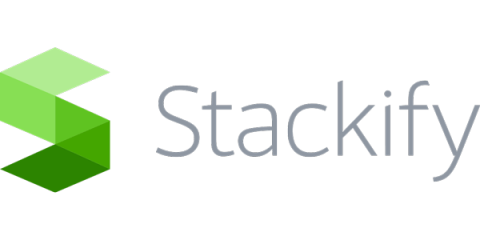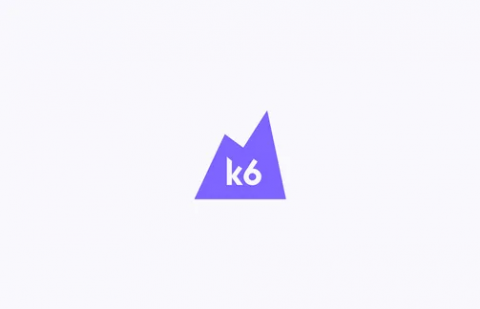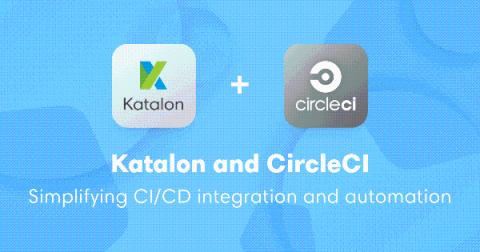5 Tips to Take Your Development Pipeline to the Next Level
Development can successfully remove the bottlenecks created by waterfall methodology by improving development productivity through encouraging collaboration,continuous feedback loops, and automating processes. Collaboration. Feedback. Automation. These are the main building blocks of Development operations. However, not all Development implementations are successful. Why? Building blocks are not enough. You need to take these building blocks and design a Development pipeline that suits your needs.








